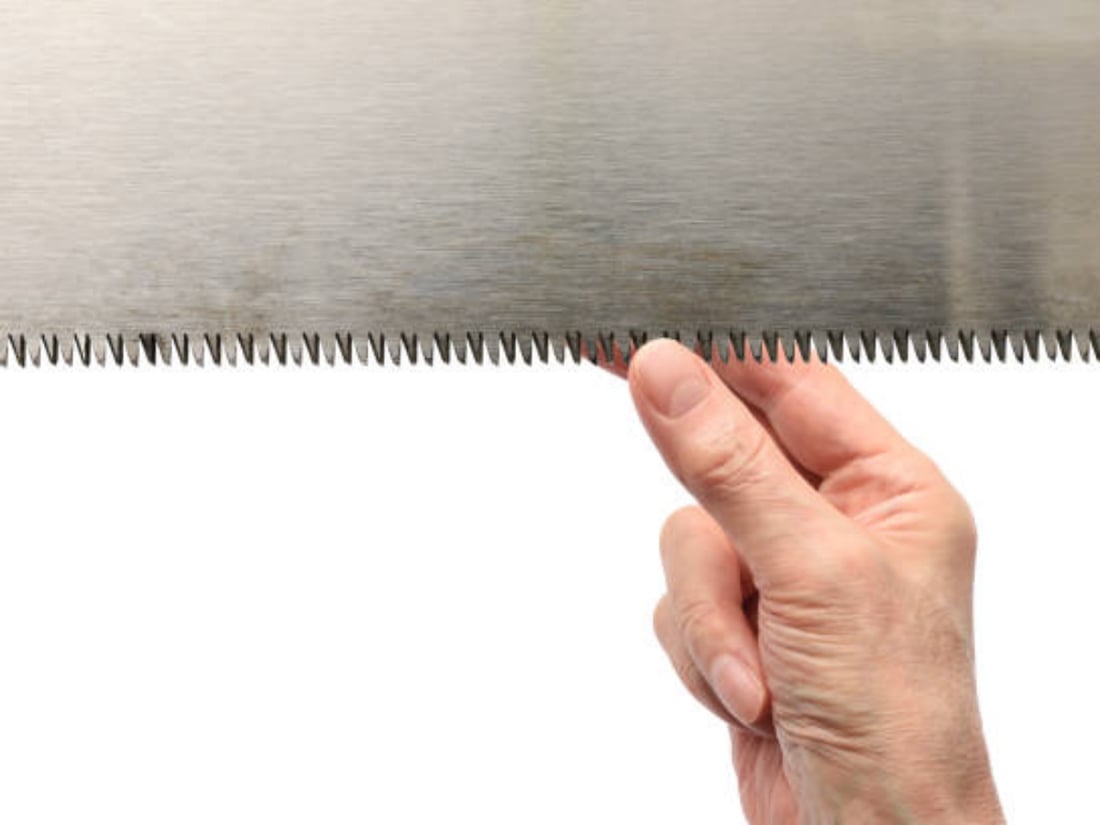Unlocking the Power of Versatility: The Best multi-function saw blade
When it comes to woodworking and construction projects, having the right tools is essential for achieving precision and efficiency. One tool that every DIY enthusiast and professional carpenter should have in their arsenal is a multi-function saw blade. This versatile tool is designed to perform a variety of cutting tasks, making it a must-have for any woodworking project. In this article, we will explore the world of multi-function saw blades and help you find the best one for your needs.
1. Understanding the Power of Versatility
Multi-function saw blades are designed to handle a wide range of cutting tasks, allowing you to tackle different materials with ease. Whether you are cutting wood, plastic, metal, or even tile, a high-quality multi-function saw blade can provide the versatility you need. By investing in a multi-function saw blade, you can save time and money by eliminating the need for multiple specialized tools.
2. The Importance of Blade Material
The material used to make the saw blade plays a vital role in determining its performance and durability. The best multi-function saw blades are typically made from high-quality carbide or bi-metal. Carbide blades are known for their exceptional durability and can withstand the demands of heavy-duty cutting tasks. On the other hand, bi-metal blades combine the strength of high-speed steel and the durability of carbide, making them suitable for a wide range of cutting applications.
3. Assessing Blade Size and Teeth Count
When choosing a multi-function saw blade, it is crucial to consider the blade size and teeth count. The blade size determines the maximum cutting depth, while the teeth count determines the cutting speed and finish. For general-purpose cutting tasks, a blade size of 7-1/4 inches is commonly used. As for the teeth count, a higher count provides a smoother finish, while a lower count is more suitable for fast and aggressive cuts.
4. Exploring Different Blade Types
Multi-function saw blades come in various types to accommodate different cutting needs. Some of the most common types include rip blades, crosscut blades, combination blades, and specialty blades. Rip blades are designed for cutting along the grain of the wood, while crosscut blades are ideal for cutting across the grain. Combination blades, as the name suggests, offer a balance between ripping and crosscutting capabilities. Specialty blades, such as those for cutting laminate or metal, are designed for specific applications.
5. Considering Blade Coatings
Blade coatings can significantly enhance the performance and longevity of a multi-function saw blade. One popular coating is the anti-friction coating, which reduces heat and friction during cutting, resulting in smoother cuts and longer blade life. Another common coating is the corrosion-resistant coating, which protects the blade from rust and extends its lifespan. When choosing a multi-function saw blade, look for coatings that suit your specific cutting needs.
6. Evaluating Blade Design and Tooth Geometry
The design and tooth geometry of a multi-function saw blade can greatly impact its cutting performance. Some blades feature alternating top bevel (ATB) tooth geometry, which provides clean and smooth cuts. Others may have a flat-top grind (FTG) tooth geometry, which is more suitable for ripping. Additionally, some blades have a combination of both tooth geometries, offering the best of both worlds. Consider the type of cuts you frequently make to determine the most suitable blade design and tooth geometry for your needs.
7. Understanding Blade Expansion Slots
Blade expansion slots, also known as gullets, are the cutouts found between the teeth on a saw blade. These slots play a crucial role in preventing heat buildup and removing sawdust during cutting. By allowing the blade to expand and contract, they help to reduce vibration and prevent warping. When selecting a multi-function saw blade, ensure that it has an adequate number of expansion slots to ensure efficient cutting and prevent overheating.
8. Choosing the Right Blade for Your Saw
Not all multi-function saw blades are compatible with every type of saw. It is essential to choose a blade that is specifically designed for your saw's arbor size and RPM rating. Using an incompatible blade can not only lead to poor cutting performance but also pose a safety risk. Always refer to the manufacturer's recommendations and consult the owner's manual of your saw to ensure a proper match between the blade and the saw.
9. Seeking Recommendations and Reading Reviews
With so many options available in the market, it can be overwhelming to find the best multi-function saw blade. One way to narrow down your choices is by seeking recommendations from trusted sources, such as fellow woodworkers or professionals in the industry. Additionally, reading customer reviews and testimonials can provide valuable insights into the performance and durability of different saw blades. Take the time to research and gather information before making a purchasing decision.
10. Investing in Quality for Long-Term Satisfaction
When it comes to multi-function saw blades, quality should always be a top priority. While budget-friendly options may seem tempting, they often lack the durability and performance of higher-end blades. Investing in a high-quality multi-function saw blade may cost more initially, but it will pay off in the long run with improved cutting performance, longer lifespan, and overall satisfaction. Remember, the best multi-function saw blade is the one that meets your specific cutting needs and delivers exceptional results.
If you are interested in our products or services, please feel free to contact us.


